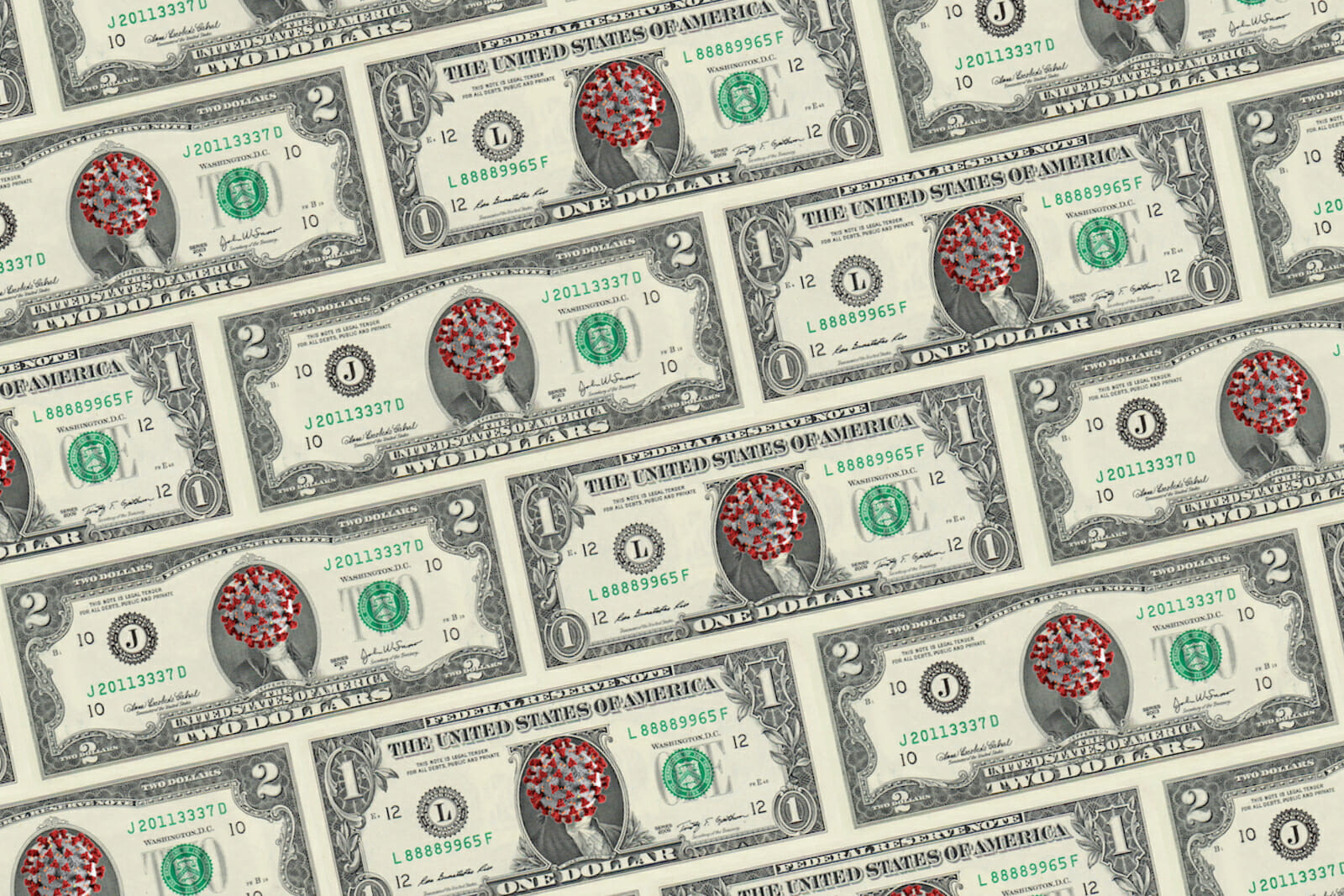
Business
The Business Continuity of Counterfeiting
The current pandemic not only has had a profound impact on individual societies, but also on the global economy. Much like legitimate businesses, illicit markets are impacted and are being forced to adapt to the new environment, reshaping their organisations to keep their businesses afloat.
Whilst the restriction of public movement, the closing of borders, and the restriction of goods being sold might have slowed criminal activities initially, these groups have been quick to adapt, even more so than formal markets. Black market trading and counterfeiting already poses a challenge in the normal market environment but will increasingly prove to be problematic whilst criminals are exploiting the growing confusion and uncertainty of the population. Furthermore, they are catering to needs for which the licit economic market cannot currently provide.
Black market and counterfeit operations are managed similarly to any other business, dependant on the procurement of raw materials, production facilities, supply chains, and distribution channels. Like most companies, the infrastructure of criminal networks often span across borders as well as continents. These operations have become increasingly difficult or have collapsed. Materials or products from China are no longer available or cannot be moved easily to their intended destinations. Like most companies, criminal networks are endeavoring to recover quickly and move their products where the demand is high.
Business continuity refers to maintaining business functions or quickly resuming them in the event of a major disruption, and there is no doubt that the global economy is currently in the midst of such a disruption. Criminal networks are not likely to have formally outlined business continuity plans with procedures and instructions on how to deal with a crisis. They often lack formal contingencies for business processes, assets, human resources, and business partners. However, they do not have a need for these contingencies as they have one advantage over formalised economies: they do not have to adhere to laws, rules, and regulations.
The socio-economic impacts of this global crisis will play into the hands of such counterfeiters; companies will shut down and will leave a gap in the market that calls to be filled. Many people are facing financial difficulties and will look for cheap alternatives for products. Unemployment is rising globally, and people will be desperately looking for employment. This will create significant opportunities for counterfeiters, especially in developing countries. For example, instead of shipping counterfeit products from Asia to Africa, production facilities can be erected within Africa itself. If placed strategically on the continent, distribution into the European market might be even easier than before. The same applies to South and North America.
Industries will have to face the reality that the risk for counterfeits has increased and will continue to do so. Some of the counterfeit products on the market could be life-threatening: from pure glycerine being marketed as hand sanitizer and fake COVID-19 testing kits, to potential illicit pharmaceuticals once a cure or vaccine has been developed. With empty shelves and expected supply shortages of many products in the months to come, every business should assess its risks as part of its own contingency planning.
A fellow security professional once presented a great analogy. In football a style of play has been made famous by Spanish players called Tiki-taka. The style is characterised by short passing, roaming movement, and maintaining possession by positional interchange among players. Tiki-taka is both defensive and offensive. The shape of the formation might change depending on the moves of the opponent, but players will always look for an opportunity to create a space where they can position themselves strategically and assist their team members.
If entities haven’t done so to date, now is the time to adopt a Tiki-taka strategy. The opponents are currently making their moves. They are and have been positioning themselves to profit from the crisis. They are identifying potential markets and are adapting their business models accordingly. Now is not the time to react solely in a defensive way. Instead, it is time to go on the offense. Companies should be identifying and devising entry plans for new markets. They should be identifying contingency measures that can benefit them long after the crisis.
Additionally, they should monitor the counterfeit market to identify infringements as early as possible. This is particularly important because counterfeits will not only have a monetary impact on the business but can also pose reputational risks and lead to long-term loss of market share. In these current tumultuous times, businesses and security professionals should position themselves strategically, not only for their own benefit but also to create a space where they can assist other players and thus achieve a win for the whole team.
Companies and brand holders especially need to seek a combined approach in dealing with the scourge of such infringements by ideally using both sophisticated technical capabilities and expert human intelligence tactics. This two-pronged approach allows for combatting the counterfeit threat on multiple fronts as opposed to undertaking an isolated approach.
Intelligence has played and always will play a crucial role in strategies against counterfeiting operations. It allows for informed decision making when actions need to be taken and countermeasures developed. Therefore, it needs to be pragmatic, ensuring practical and realistic considerations when applied to counterfeit scenarios. The outcomes will be useful in follow up actions and subsequent litigation, either criminal, civil, or both. Never before has this been more pertinent, with the challenges of a changing economic landscape upon us. This provides for very fertile ground in the counterfeiting industry, cultivating an ever-increasing global space for such networks to continue and expand.
All of this begs the question, how do brand holders guard their intellectual property rights from an ever-evolving and adapting criminal network? The answer is by equally adapting their strategy of countering the threat. This would mean adopting a non-conventional way of monitoring and sourcing information about counterfeiters, their modus operandi, and the locations from where they operate and distribute. Just as counterfeiting networks transform and acclimatise to how the world is currently changing during the pandemic, so should brand holders and their representatives adapt in their efforts to counter the trade in fake goods.
Criminal organisations and those trading in counterfeit goods are adopting a “chameleon” strategy to ensure their continued existence and success during these times. They change the appearance of their activities which allows them to blend into new economic surroundings, thereby enabling a continuation and in some instances an improvement in their illegal operations. This masking effect is even more successful during the confusion and uncertainties that currently prevail around the world. It capitalizes on the fears, frailties, and impulsiveness of the general public. During this time, people are far more susceptible and open to the trading of counterfeit goods. The subsequent desperation creates a market for everything from fake pharmaceuticals to tobacco products and anything else that can be supplied.
A new playing field has been created in this dark trade. The same players are in the game, but the opposing team is now playing by different rules and using an alternative strategy. Brand holders need to match these opponents by adopting a new approach, thus ensuring that they score the winning goal and emerge as victors in their efforts to stem the counterfeiting tide.

